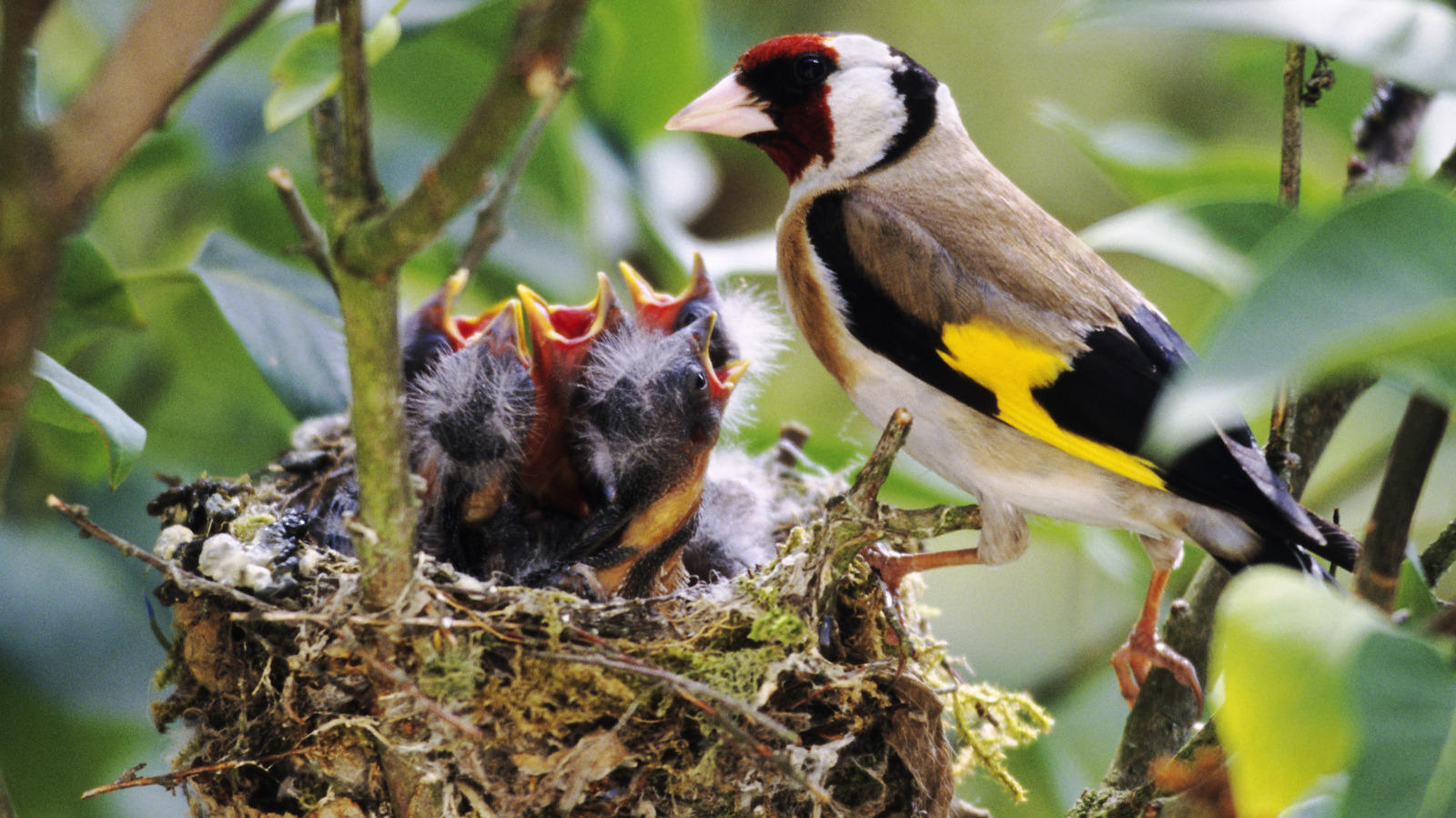
The American smoketree (Cotinus obovatus) is a captivating small tree that both you and your favorite songbirds will adore in your backyard. It offers year-round beauty, starting in late spring or early summer with the emergence of clusters of unique flowers. While the individual flowers may not be particularly showy, they leave behind airy clusters of flower stems that create a smoke-like effect, earning this tree its common name. As summer transitions to fall, the bluish-green leaves transform into vivid red and orange hues, providing a stunning autumn display.
Not only is this tree low-maintenance and valuable for its ornamental appeal, but it also serves as an excellent option for attracting more feathered visitors to your yard. Although it may seem like birds will nest in any tree, many species, such as chickadees, prefer native trees like the American smoketree for raising their young. When searching for a nesting site, birds seek areas that fulfill their basic needs, including food for themselves and their hatchlings. Since native trees support native insects, they provide a more abundant and familiar food supply. However, the insect-rich habitat isn’t the only reason birds are drawn to this tree. Let’s explore why the American smoketree is a top choice for encouraging birds to nest in your yard.
Why birds love the American smoketree
Birds are particular when selecting the right spot to build their nests, but the American smoketree offers several qualities they desire. In addition to the sturdy branches ideal for nest-building, its structure provides excellent cover. While humans have roofs and security systems for protection, birds rely on dense branches to shield them from the elements and to camouflage themselves and their young from predators. Besides choosing a secure spot, birds build nests near reliable food sources. Fortunately, finding food is not difficult in this tree; some birds, like finches, enjoy snacking on the drupes that appear in summer. When fruit isn’t readily available, the American smoketree hosts insects like leaf-mining caterpillars, offering a valuable protein source.
Though you’ll likely observe various small birds around an American smoketree, finches are especially fond of it. American goldfinches, for instance, prefer to nest in small trees or large shrubs, typically building their nests 15–17 feet high. The American smoketree’s stature, usually reaching between 20 and 30 feet, makes it appealing. To further entice songbirds to your yard, consider providing them with nest-building materials. If you have pets, place their hair in a suet feeder so birds can use the soft fur to line their nests. Avoid using human hair, as birds can become entangled in the fine strands and risk injury. Another option is to plant native thistle, which serves as both nest-building material and food for finches and other species.
How to care for the American smoketree
If you choose to plant this beautiful tree to attract birds to your garden, you’ll find that caring for a smoketree is easy. Although native to the southern and midwestern United States, these trees are now seen growing in the northeast and mid-Atlantic and can thrive in US hardiness zones 3 to 8. These hardy plants can endure conditions like compacted soil, drought, wind, and heat. While they can grow in nearly any soil type, they thrive best in alkaline, well-drained, infertile, loamy soil. Plant this tree in an area where it will receive at least part shade, though it performs best in full sun.
This shrub not only serves as an excellent accent tree but also works well in a shrub border. Adding more American smoketrees or other native plants to your yard provides additional coverage for birds, making the area even more attractive for nesting. Once established, this low-maintenance tree requires minimal care to thrive. It prefers moderate watering, so only water it when the top inch of soil begins to dry out. As a lover of poor soil, you’ll rarely need to fertilize the tree, if at all, and overfertilizing can be detrimental. In late winter, you can choose to prune the tree to maintain its shape or allow it to grow naturally as a large, multi-stemmed shrub.






